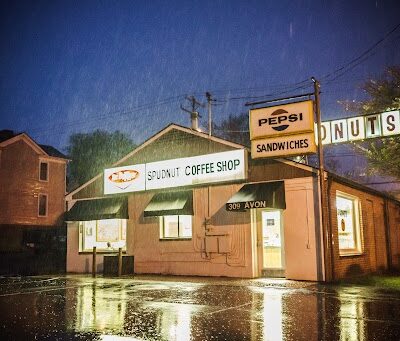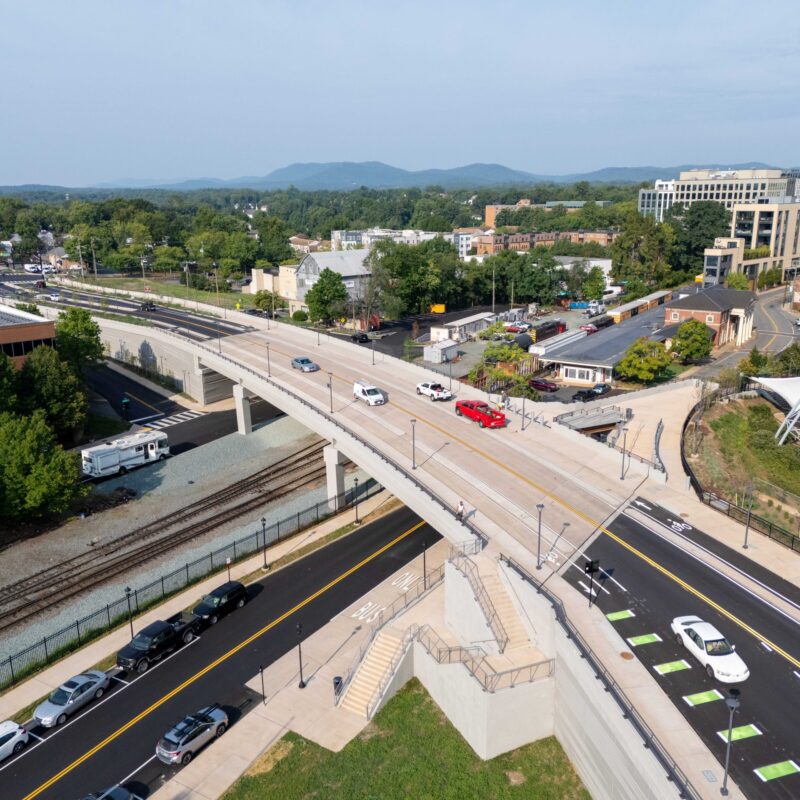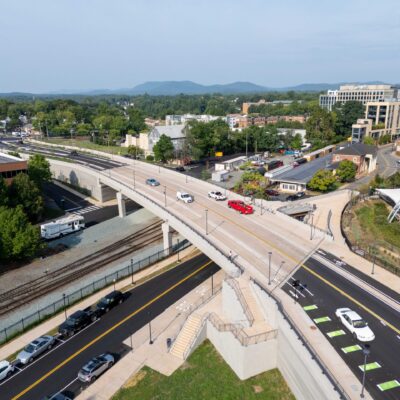They look so cute, right? Those local farmers at the market with their little trucks and fresh tomatoes and healthy, sun-kissed complexions. Makes you want quit your desk job, right? Well, before you leave the safety of your regular paycheck to get back to the land, you better love, love, love to seed and hoe. Because if you’re looking for an easy, lucrative profession, this ain’t it. Beyond the hard work, farming takes a ton of financial investment up front just to get off the ground, so to speak, and profits (if you ever see them) may be years down the road.
Wendy Harrison, who owns a small greenhouse operation in North Garden called the Farm at Red Hill, wasn’t attracted to the farming gig for the money. Already avid gardeners, Harrison and her husband, Richard, closed their electrical contracting business to pursue a profession that would have them spending more time at home with their kids. She expects the farm will gross $185,000 this year and top out at 30 percent of gross in expenses. That’s double what the farm did last year, and Harrison is even more optimistic about the future: “We think there is a lot of potential for growth still. We have yet to even complete the fourth greenhouse, so we will continue to increase our output of produce.”
|
Richard and Wendy Harrison are making it work in their North Garden greenhouse operation. |
Another local farmer—we’ll call his place Albemarle CSA, since he didn’t want it to be identified—told us that in his third growing year, he expects to gross $100,000 from 10 acres and incur $165,000 in total expenses. He says that as the farm matures, the soil improves (requiring less money for inputs) and capital expenditures decrease, his losses will diminish, but he says, “We’ll never be rich.” In talking to other local farmers, he’s found that “the best you can expect to do is $20,000 of gross income per acre.” For now, he maintains his full-time job to help keep his family farm afloat.
Unfortunately, profit margins may continue to be tight in the near future in part because recent increases in the price of fuel and fertilizer can’t be passed onto the consumer.
”Fuel has gone up $1 a gallon since we put up the greenhouses, but we can’t ask for $1 more a pound for the tomatoes,” says Harrison. “Fertilizer has doubled, but we can’t double the price of the peppers, so we have to be creative and find ways to cuts costs elsewhere.”
Oh, but there are so many costs! Both farmers graciously let us peer into their books to see just how expensive it is to be a small farmer in Central Virginia. Here’s what they shared.
The Farm at Red Hill
First growing season: 2005
Type of operation: Greenhouse vegetables; some seasonal open field crops; fresh eggs
Type of sales: Year-round wholesale to restaurants and grocery stores; seasonal retail sales to farmers’ markets of vegetables, eggs and value-added products, including fresh salsa, hummus and jam
Start-up costs and fixed expenses
Land: $36,000 for five acres (purchased in 1992); grows crops on 2 acres
INFRASTRUCTURE
Greenhouses: $100,000 for 4 (includes trellis and irrigation system; all fixtures and labor)
Separate kitchen facility required by law for value-added items: $2,400 (used on eBay)
EQUIPMENT
Bobcat: $30,000
Delivery truck: $0 (personal truck used)
Livestock: $180 (60 cents a piece for 300 laying hen chicks)
Chicken coop: $3,500 (material and labor)
2008 variable expenses
Seeds: $1,600
Feed: $500/ month for 2,500lbs for 300 hens
Fertilizer: $7,600
Growing media: $1,250
Propane: $30,000 (to heat greenhouses)
Bee hives: $900 (for three hives to pollinate the greenhouses year-round)
Biodegradable mulch and row covers: $350 for 5,000’ (used 2,500’)
Graphic artist services for marketing materials: $1,100
Packaging for value-added products: $24,000 (includes containers and printed labels for sales in stores)
2008 expected gross revenue: $185,000
Albemarle CSA
First growing season: 2006
Type of operation: Open field organic and biodynamically grown vegetables and flowers; some greenhouse
Type of sales: Wholesale to restaurants and grocery stores and retail through Community Supported Agriculture (CSA) shares and farmers’ markets of a large variety of seasonal vegetables and flowers; also year-round wholesale of salad mix, arugula and squash.
Start-up and fixed costs
Land: $400,000 for 65 unimproved acres purchased in 2005; 10 acres currently in crop use
INFRASTRUCTURE
Barn and residence: $300,000 (1,800 square feet for residence; 1,200 square feet for business)
Greenhouse: $10,000
Hoophouses: $12,000 for 2
New well, pumps and lines: $35,000
Overhead irrigation lines: $2,000 (covers ½ acre at a time)
EQUIPMENT
Refrigerated box truck: $12,000
Walk-in cooler: $7,000
Kubota tractor: $31,400 (new, medium-sized with front loader)
Tractor implements: $28,000 (e.g., manure spreaders, rotatillers, seeders, fertilizer drop spreader, raised bed maker, basket weeder)
Cultivator tractor: $3,500 (used)
Harvest bins: $3,000 (for storing potatoes and squash)
OTHER
Soil improvements: $12,000 for 10 acres (e.g., compost, lime, green sand)
2008 variable expenses
Seeds: $4,000
Diesel for tractors and delivery truck: $5,000
Propane for greenhouse: $1,500
Labor: $50,000 (includes full-time farm manager and three apprentices)
Electricity: $300 a month (for greenhouse circulation and venting fans)
Insurance: $3,500 (property, workers’ compensation, truck)
Interest expense: $29,000 (loans on equipment and land)
2008 expected gross revenue: $100,000






